
Slowy Storch
Hello! Yes, this is a Fi-156 Storch!

The Fieseler Fi 156 Storch ([?t?rç], "stork") is a liaison aircraft designed and produced by the German aircraft manufacturer Fieseler. Its nickname of Storch was derived from the lengthy legs of its main landing gear, which gave the aircraft a similar appearance to that of the long-legged, big-winged bird.
Developed during the mid 1930s in response to a request from the Reichsluftfahrtministerium (Reich Aviation Ministry or RLM), the Fi 156 was an affordable and easy to construct aircraft purpose designed for the liaison, army co-operation, and medical evacuation roles. On 24 May 1936, the Fi 156 V1 performed its maiden flight; the first deliveries took place less than a year later. It was well regarded for its excellent short field (STOL) performance and low stalling speed of 50 km/h (31 mph).[2] Around 2,900 aircraft of various models, the most commonplace being the Fi 156C, were produced between 1937 and 1945. The Fi 156 quickly became popular on the export market, eventually being widely used by various nations.
Numerous countries deployed their aircraft in a military capacity across various theatres of the Second World War. The Fi 156 was extensively operated by the Luftwaffe, who often used it in the aerial reconnaissance role and less often as a troop transport. German aircraft saw action on the Eastern Front, Western Front, the Western Desert, and even the Arctic. During September 1943, the Storch played a pivotal role in Operation Eiche, the rescue of deposed Italian dictator Benito Mussolini from a boulder-strewn mountain-top near the Gran Sasso. On 26 April 1945, a Storch was one of the last aircraft to land on the improvised airstrip in the Tiergarten near the Brandenburg Gate during the Battle of Berlin. During the conflict, a number of Störche were captured by the Allies; several were used as the personal aircraft of high ranking officers such as Field Marshal Bernard Montgomery, Air Vice Marshal Arthur Coningham, and Air Vice Marshal Harry Broadhurst.
Even after the end of the conflict, production of the type continued in other countries into the 1950s, both for the private market and military operators. In addition to Germany, additional production lines had been established in France, Czechoslovakia, Romania, and the Soviet Union. Furthermore, there have been many attempts to recreate or imitate the Fi 156, including several three-quarter scale homebuilt aircraft, such as the Pazmany PL-9 Stork, RagWing RW19 Stork, and STOL King. The Slepcev Storch and French-built later variants of the original aircraft have often appeared at air shows and other flying events. Numerous flight-worthy aircraft are still operational into the twenty-first century.






1st - Livery based on this:

Credits: Toni Clark website
2nd - Forgot to mention controls: VTOL only, yes
3rd - i forgor

Specifications
Spotlights
- Monarchii 2 months ago
General Characteristics
- Created On Windows
- Wingspan 40.7ft (12.4m)
- Length 30.1ft (9.2m)
- Height 11.8ft (3.6m)
- Empty Weight 1,716lbs (778kg)
- Loaded Weight 2,201lbs (998kg)
Performance
- Horse Power/Weight Ratio 0.113
- Wing Loading 7.5lbs/ft2 (36.8kg/m2)
- Wing Area 292.0ft2 (27.1m2)
- Drag Points 753
Parts
- Number of Parts 48
- Control Surfaces 7
- Performance Cost 290

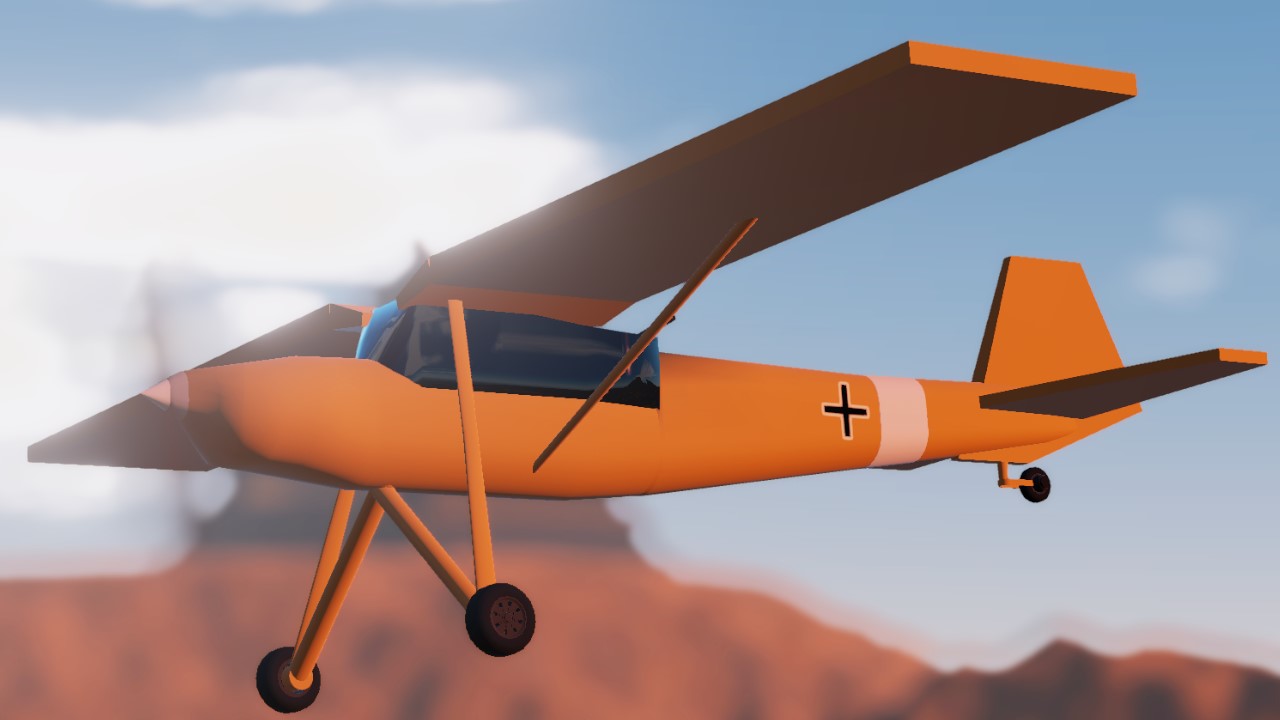
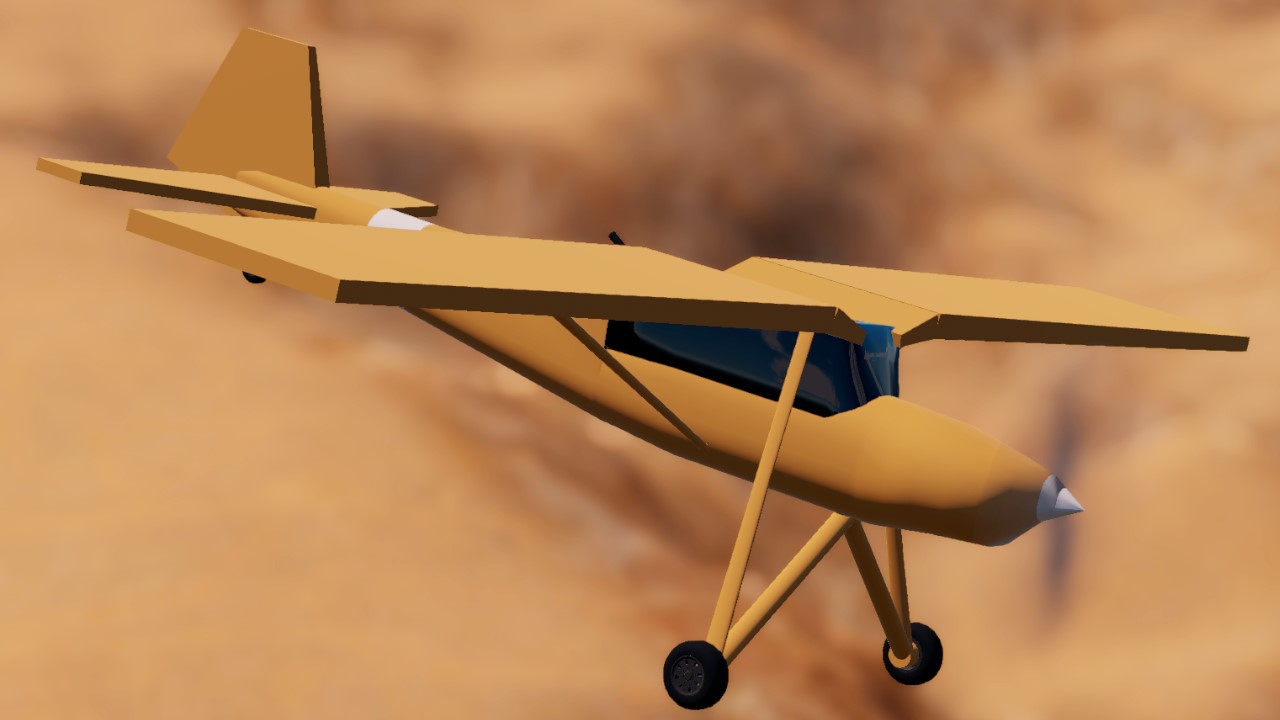
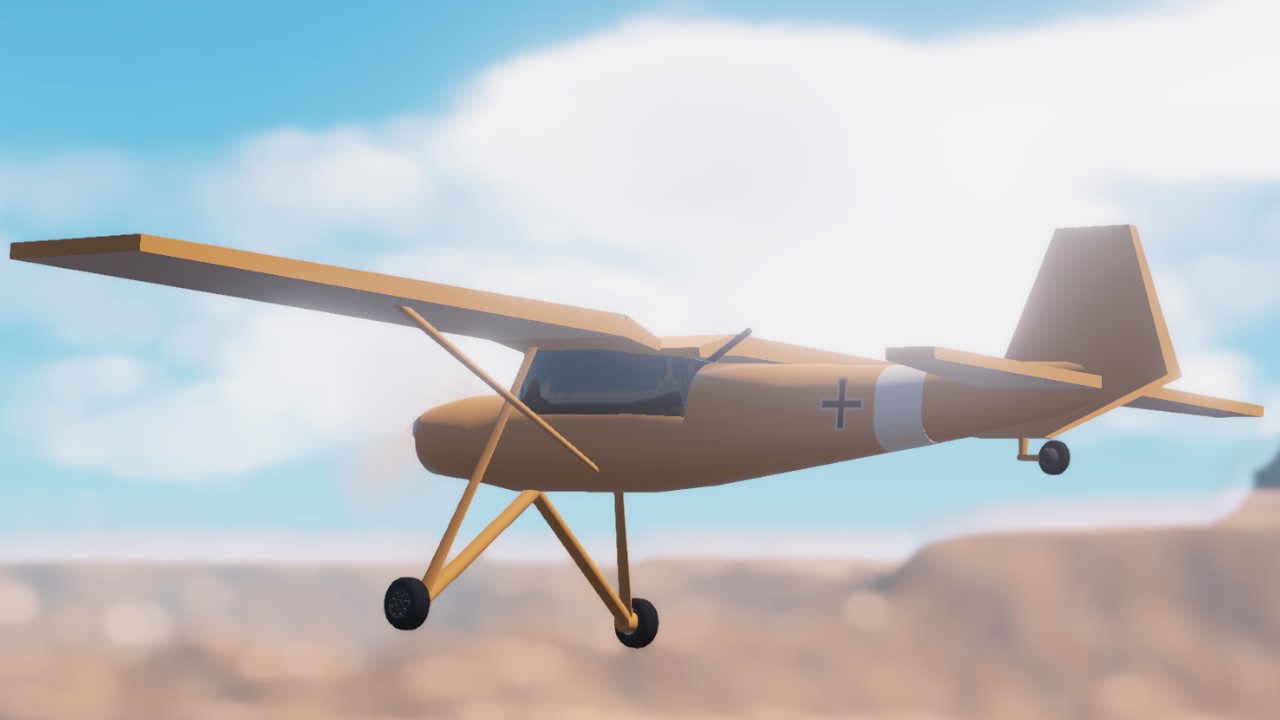
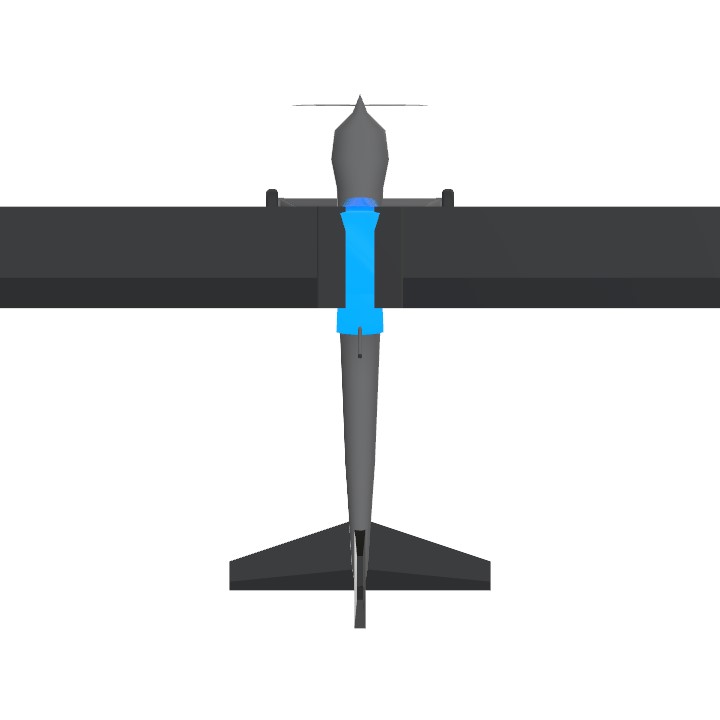
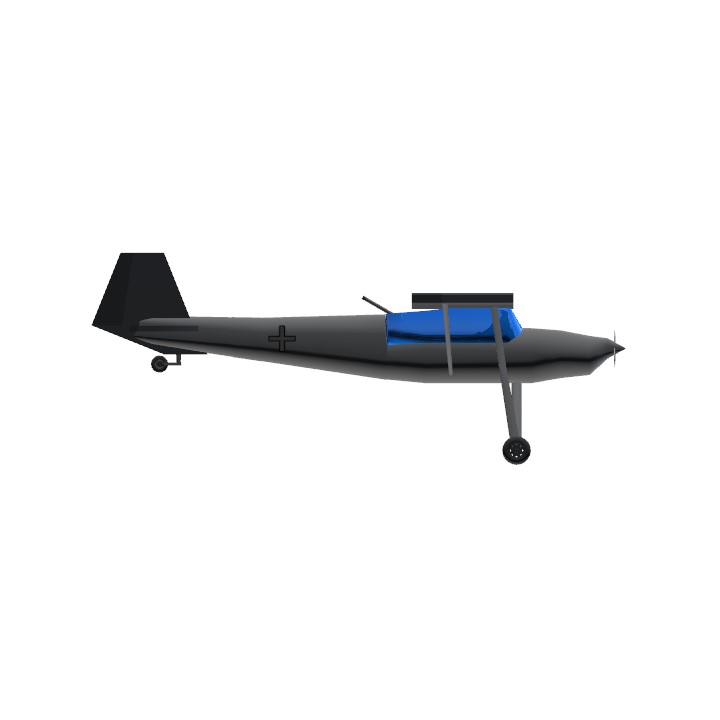
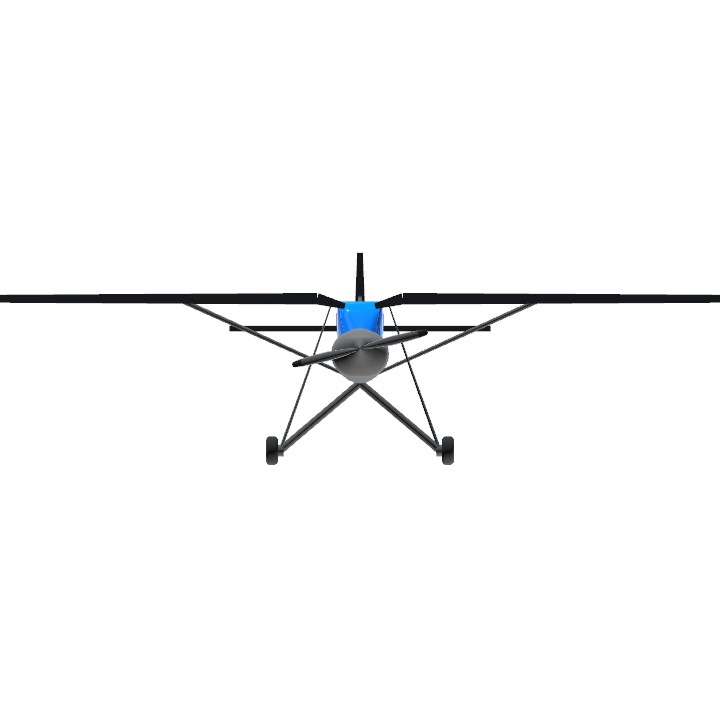
Tags:
@YarisSedan
@Monarchii hi
hot noots!